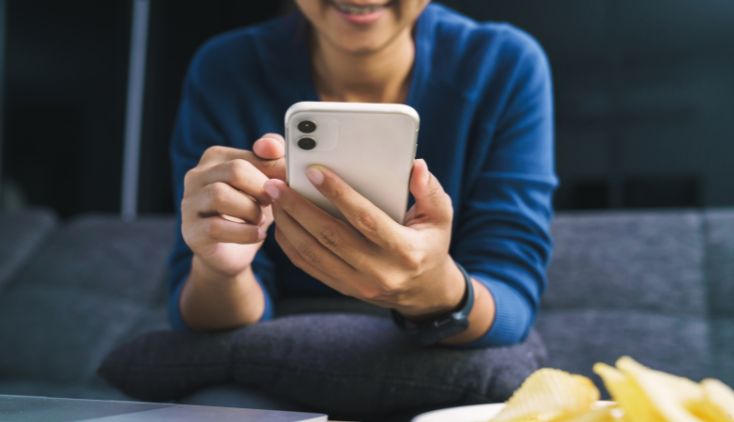How to Get Free Phones for Seniors
Staying connected is more important than ever, especially for older adults who want to keep in touch with loved ones, access emergency services and manage health appointments. Fortunately, there are several ways to get free phones for seniors in the United States, from federal programs to carrier deals and nonprofit resources. Below is a comprehensive guide on how seniors can qualify and what options are available.
1. Federal Lifeline Program
The Lifeline program, established by the Federal Communications Commission (FCC), is the primary way seniors can get a free or low-cost cell phone. Lifeline provides a monthly discount on phone or internet service for eligible low-income households. Many carriers that participate in Lifeline also offer a free phone to new customers.
Eligibility includes:
- Household income at or below 135% of the federal poverty guidelines.
- Participation in programs like Medicaid, SNAP, SSI, Veterans’ Pension or Federal Public Housing Assistance.
For many seniors living on fixed incomes, Lifeline ensures access to reliable communication without monthly financial strain. To apply, visit the Lifeline Support website and verify eligibility by entering your ZIP code.
2. Affordable Connectivity Program (ACP) – Device Discounts
Although new enrollments ended in early 2024, the Affordable Connectivity Program (ACP) previously offered discounts on monthly internet service and one-time device credits. Seniors who enrolled before the cutoff date may still benefit. If you’re unsure, check with your provider to see if ACP discounts still apply to your plan.
3. Lifeline Partner Providers Offering Free Phones for Seniors
Several wireless providers partner with Lifeline and give seniors a free phone plus free monthly service (minutes, texts and data) if they qualify. Popular options include:
- Assurance Wireless.
- SafeLink Wireless.
- Q Link Wireless.
- StandUp Wireless.
- enTouch Wireless.
Each has different coverage areas and phone models, but all work with Lifeline benefits. Seniors can compare providers by ZIP code to find the best fit.
Tip: Keep identification and proof of eligibility (Medicaid card, SSI award letter, etc.) ready when applying.
4. Nonprofits and Local Community Programs
For seniors who don’t qualify for federal programs, nonprofits and local agencies may help. Organizations like EveryoneOn, United Way, and local aging services sometimes provide donated or low-cost devices. Dial 2-1-1 in your area to ask about senior-focused phone programs. Libraries and senior centers may also host device distribution events.
5. Carrier Promotions and Trade-In Deals
Major carriers like Verizon, AT&T and T-Mobile often run promotions where phones are “free” with trade-ins, new lines or multi-line family accounts. While these aren’t exclusively designed for seniors, they can be useful for older adults who share a plan with family.
These promotions usually require contracts or credit checks, so read the fine print before committing.
6. Senior-specific Discounts and Services
Even if you don’t qualify for Lifeline, many providers offer plans tailored for older adults. While not always free, they are affordable and senior-friendly:
- Consumer cellular. AARP members get discounts on flexible plans designed for seniors.
- Lively (formerly GreatCall). Phones with easy-to-use features, health alerts, and emergency buttons.
- T-Mobile 55+ plans. Discounted plans exclusively for customers aged 55 and older.
Pairing these plans with a donated or discounted phone can still create an affordable solution for seniors.
Step-by-Step Guide to Getting Free Phones for Seniors
- Check eligibility for Lifeline using your ZIP code.
- Gather documents. Photo ID, proof of income or proof of participation in Medicaid, SSI or other qualifying programs.
- Compare Lifeline carriers (Assurance, SafeLink, Q Link, etc.) to see which serves your area best.
- Apply online through your chosen provider or the Lifeline Support portal.
- Explore nonprofit programs if you’re not eligible for federal assistance.
- Review senior carrier plans for affordable alternatives if free devices aren’t available.
Final Tips for Seniors
- Watch for scams. Only apply through official Lifeline websites or trusted providers.
- Ask for help. Family members, AARP resources and local senior centers can assist with applications.
- Don’t delay. Free phones for seniors are often limited in supply, especially through nonprofits and local programs.
